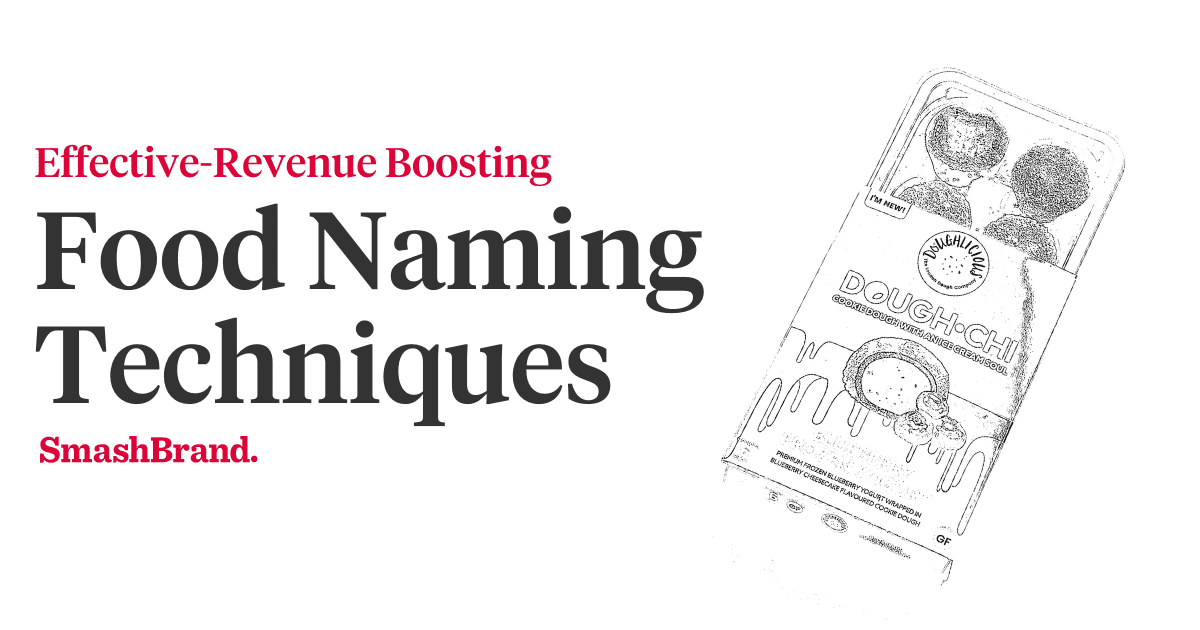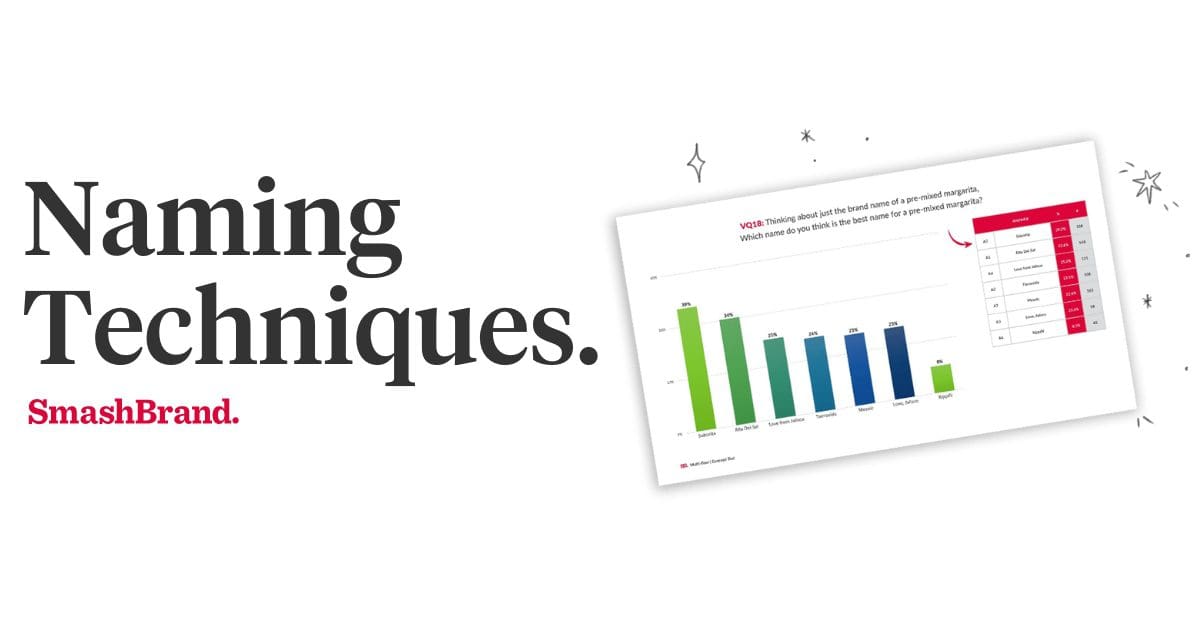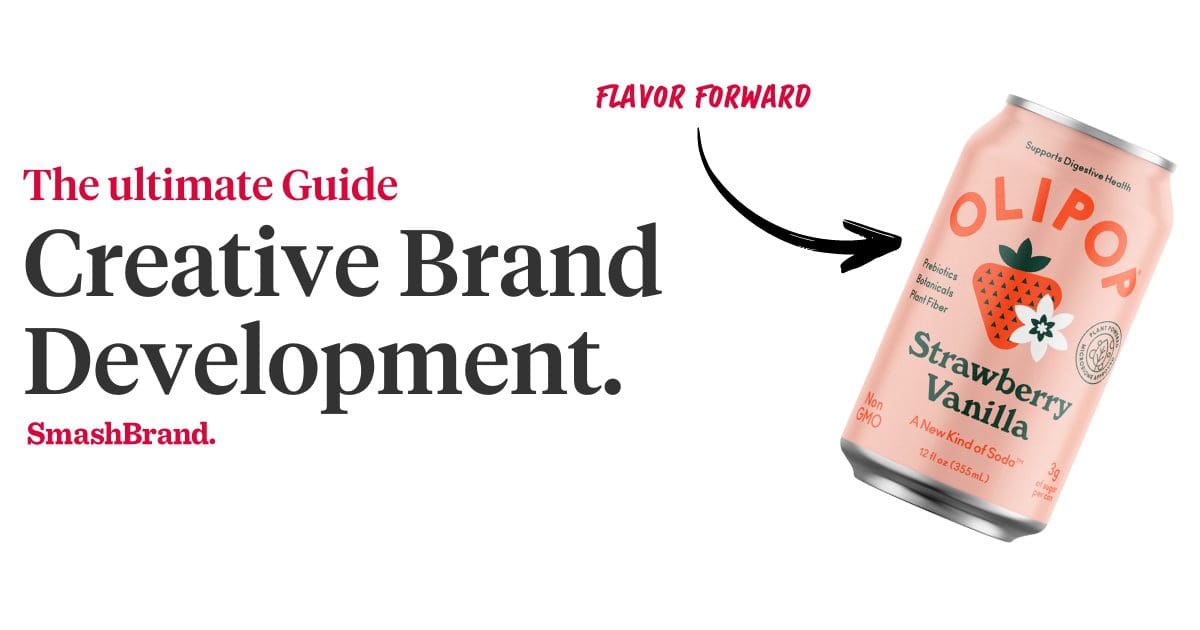Listen to This Article

Beauty products’ label design matters more than ever due to the sheer volume of beauty products on the market. This usually includes the customer’s need to address a particular issue and the consumer’s squeamishness over cosmetic ingredients. Back when there was nothing but arsenic face powder and donkey milk, product labels could afford to be simpler.
Today, however, the average beauty product shopper has certain demands, not the least of which is the product’s ability to beautify the user. Oh, effectiveness is an important quality, but like all luxury items, ingredient purity, scarcity and popularity are prime motivators in the consumer’s willingness to spend money on something that isn’t, in the strictest sense, needed. Good label design plays a huge part in whether a buyer will be willing to not only pay money for a product, but to smear the unknown product on his/her face.
Get your Hands on the SmashReport!
And enter to win a FREE brand diagnosis worth $20,000.
*The SmashReport is a monthly newsletter for FMCG and CPG brands, helping them stand out in the competitive retail marketplace.
Beauty Product Ingredients
Beauty product ingredients must be listed, whether manufacturers like it or not. But some ingredients are selling points, and some aren’t. Should the ingredients be highlighted or spun?
Savvy modern shoppers aren’t satisfied with baseless claims about what a product can do; they want to know what combination of ingredients allows the manufacturer to make those baseless claims legally. To be fair, some ingredients can actually achieve a stated beauty goal; glycerin attracts atmospheric moisture to any surface, so that lotions, creams and conditioners that claim to be “moisturizing” are, in fact, moisturizing. Likewise, oils provide lubrication; benzoyl peroxide dries and disinfects; surfactants are cleaning agents.
Because of fluctuations in consumer taste, certain ingredients that are actually effective – silicones, mineral oils, sulfates – have become kryptonite to the research-happy consumer. Silicones can fill in gaps in the hair strand, seal the cuticle and make the hair shiny, but they are synthetic, and if they aren’t effectively washed away and left to build up on the hair, they can leave it dull and dry. Mineral oils provide lubrication, shine and surface softness, but mineral oil is a scary petrochemical. Sulfates can clean like nobody’s business, but they can sometimes clean too well, removing all the oils and even coloring agents on the hair.
Beauty products’ labels can put a clever marketing twist on unfashionable and unpopular ingredients. The product’s effectiveness can be stressed, as can the value for cost. However, if the product contains largely vegetable-based ingredients, don’t make it a secret; put the olive oil, aloe vera and shea butter right on the front of the bottle.
Label Clarity
For heaven’s sake; if you have several products in the same line, please clarify the differences. In a rush, we’ve all picked up a bottle of what we thought was shampoo, only to have it turn out to be conditioner. And then we have to remember to take it back and exchange it for shampoo, which we may not do, and so we wind up buying a bottle of shampoo, and having a bottle of conditioner we neither want nor need. It’s Satan’s greatest triumph.
It doesn’t pay to try to make a beauty product one-size-fits-all, particularly if it is for the exceptionally soigné consumer. We’ve become such sophisticates when it comes to beauty products, we don’t even try to use products that aren’t specifically designed to address our particular issues. If we have oily skin, we want a product that deals with it. If we have curly hair, we want a product that is so curly-hair-friendly that a person with straight hair can use it only at their own peril. Only a belt sander will do if our skin is rough and dry.
Fashion
Whether we realize it or not, most of our design choices are within the parameters of accepted design trends. We want to be as creative as possible, but the market dictates what we can or cannot get away with.
The beauty products’ label design trend is for beauty products to look as though they came from either an apothecary or a pharmacy. Beauty products brimming with natural, organic ingredients tend to go for the apothecary aesthetic, while the more chemically engineered products look more pharmaceutical. Both of these broad design concepts convey expertise and effectiveness, but there is a whimsy to the apothecary category that might not be appropriate for a product that treats, say, psoriasis.
We don’t want to demean the buyer of beauty products; no one wants to be covered with acne, dandruff, excess hair or body odor. However, there are remedies for these issues that don’t involve invented and largely meaningless cosmetic industry terms like “pro-vitamin,” “nutrileum” and “regenerist.” It is the beauty products’ label design that makes all the difference in whether or not these terms are considered actual scientific breakthrough or just outrageous marketing fluff.
Data-Driven Brand Development
Want a best-selling brand? SmashBrand is a brand development agency for FMCG and CPG companies. From brand strategy to packaging design testing, our Path To Performance™ process guarantees a retail performance lift. Book a time to discuss your project with our team.





